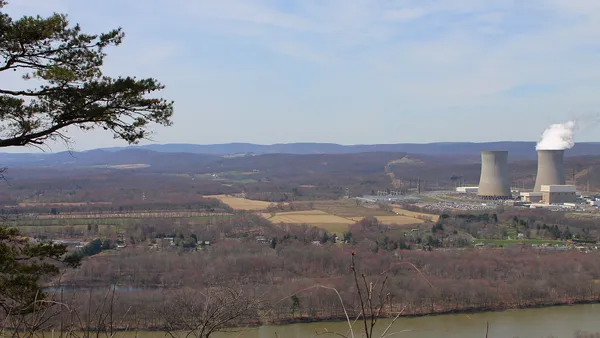Dive Brief:
- Challengers of the Clean Power Plan say the U.S. Environmental Protection Agency is trying to downplay the rule's impacts in petitions filed with the U.S. Court of Appeals for the District of Columbia Circuit, EnergyWire reports.
- "The EPA ties itself in knots, torn between touting the rule’s significance and downplaying the extraordinary nature of what it seeks to do," said the sweeping coalition of states and energy companies opposed to the rule.
- The EPA last month told the Circuit court that it has authority under the Clean Air Act to regulate power plants, and that CO2 and other greenhouse gases pose a "monumental threat" to Americans’ health and welfare.
Dive Insight:
Last month, the U.S. Environmental Protection Agency (EPA) filed its first defense of the Clean Power Plan on the merits of the rule, and now opponents are pointing to that argument as convoluted and contradictory.
"EPA ties itself in knots," the group said, pointing out that the agency believes the rule is both a significant step towards reducing emissions but also not transformative for the industry, as many changes are happening absent regulation.
"The rule is premised on the unprecedented assertion that EPA has the legal authority ... to require emission reductions based on shutting down existing fossil fuel-fired power plants and building new, EPA-favored plants to replace them," the group of challengers told the court.
Opponents of the rule say the EPA does not have authority under the Clean Air Act (CAA), and that the rule will hurt state economies still heavily tied to coal-fired generation.
In its defense of the rule, filed in March, the EPA argued the CAA has been used for decades to restrict emissions of certain pollutants.
“The [Clean Power Plan] reflects the eminently reasonable exercise of EPA’s recognized statutory authority," EPA wrote. "It will achieve cost-effective CO2 reductions from an industry that has already demonstrated its ability to comply with robust pollution-control standards through the same measures and flexible approaches."















